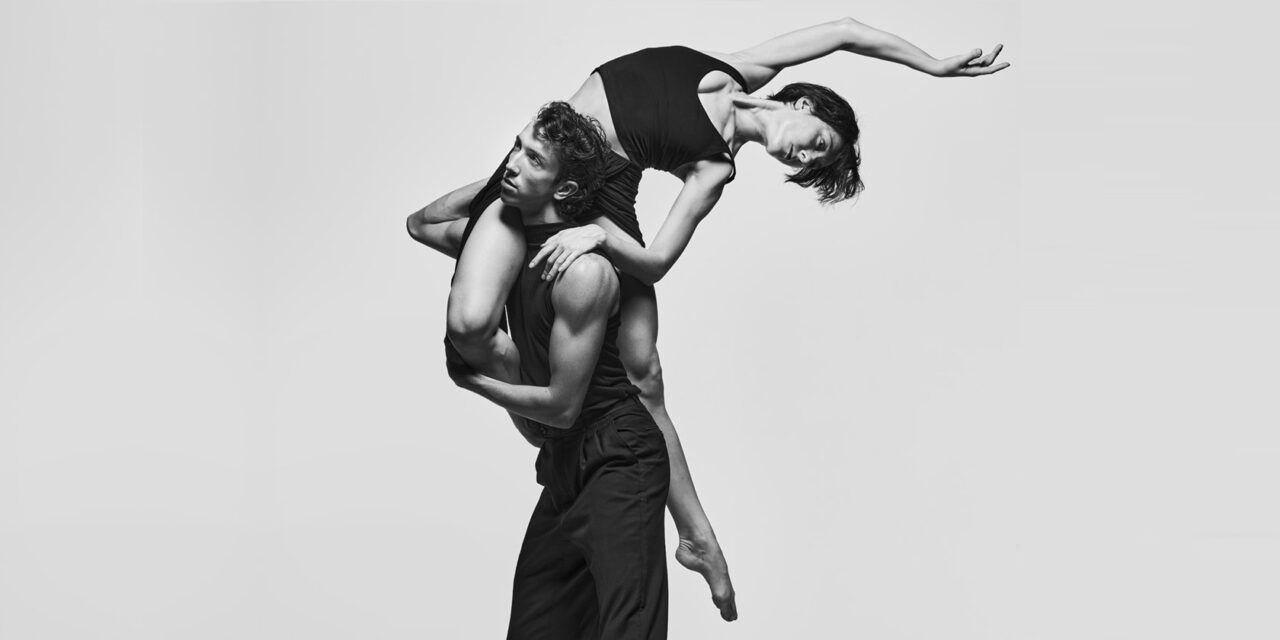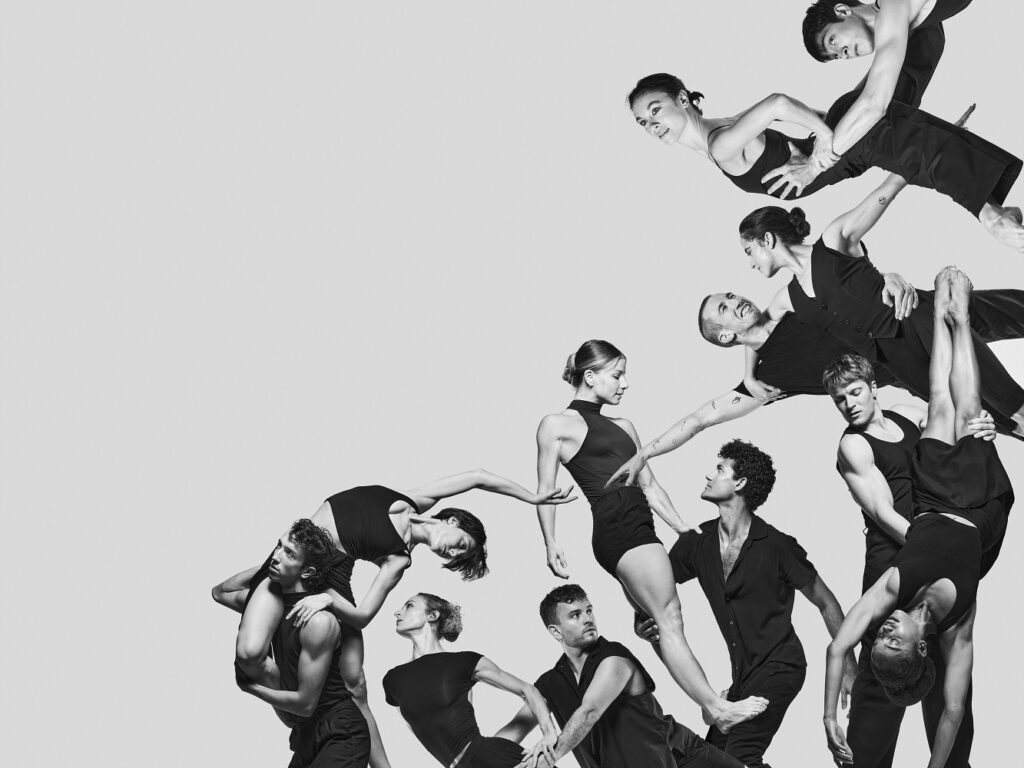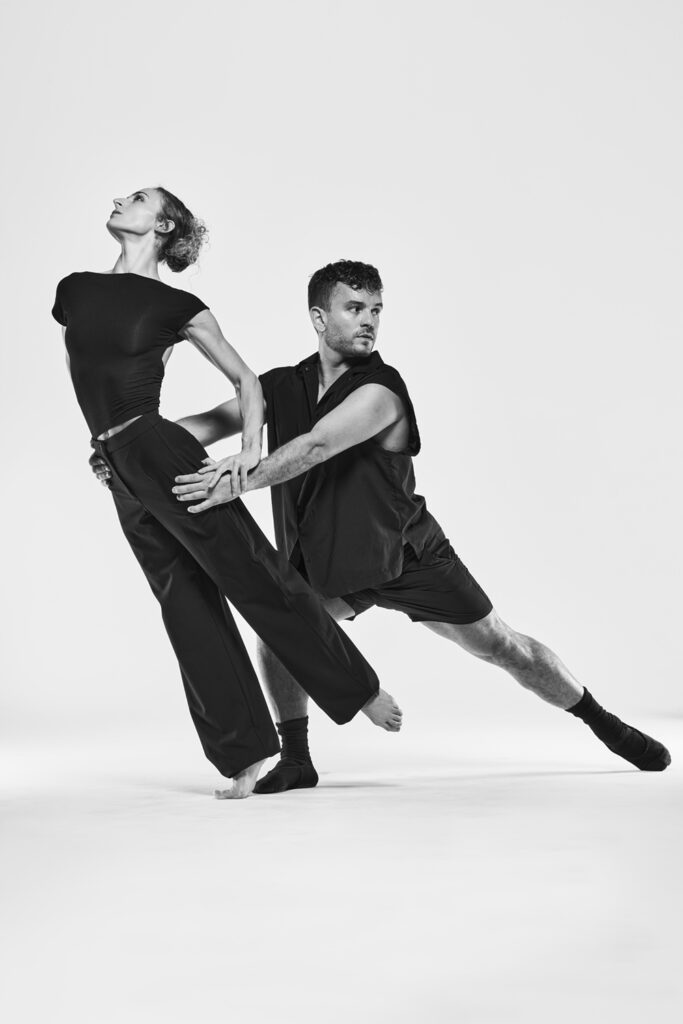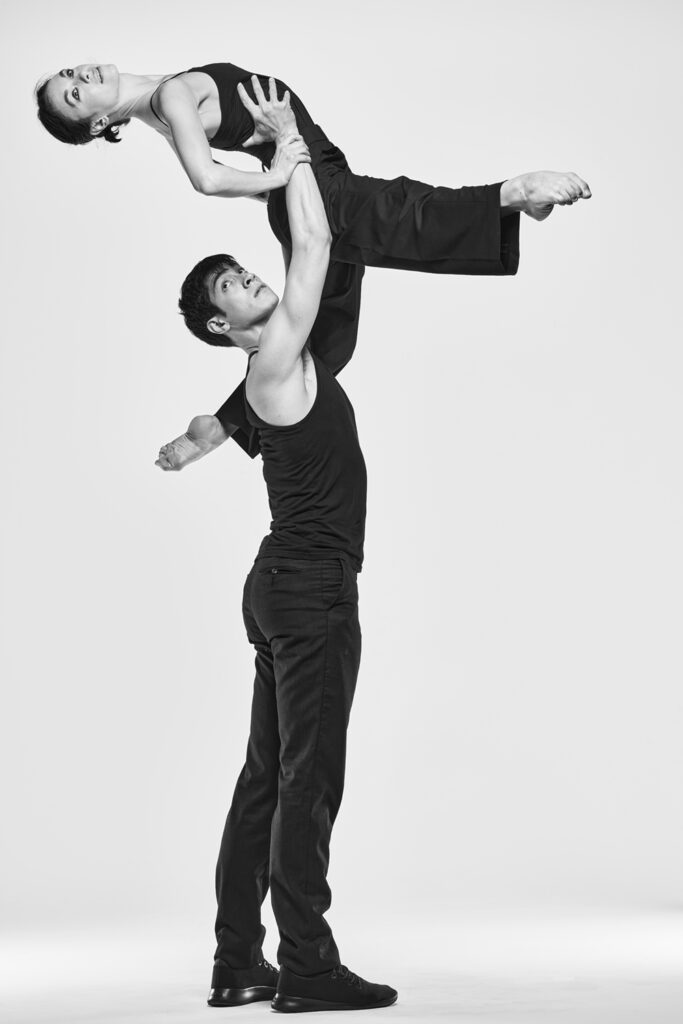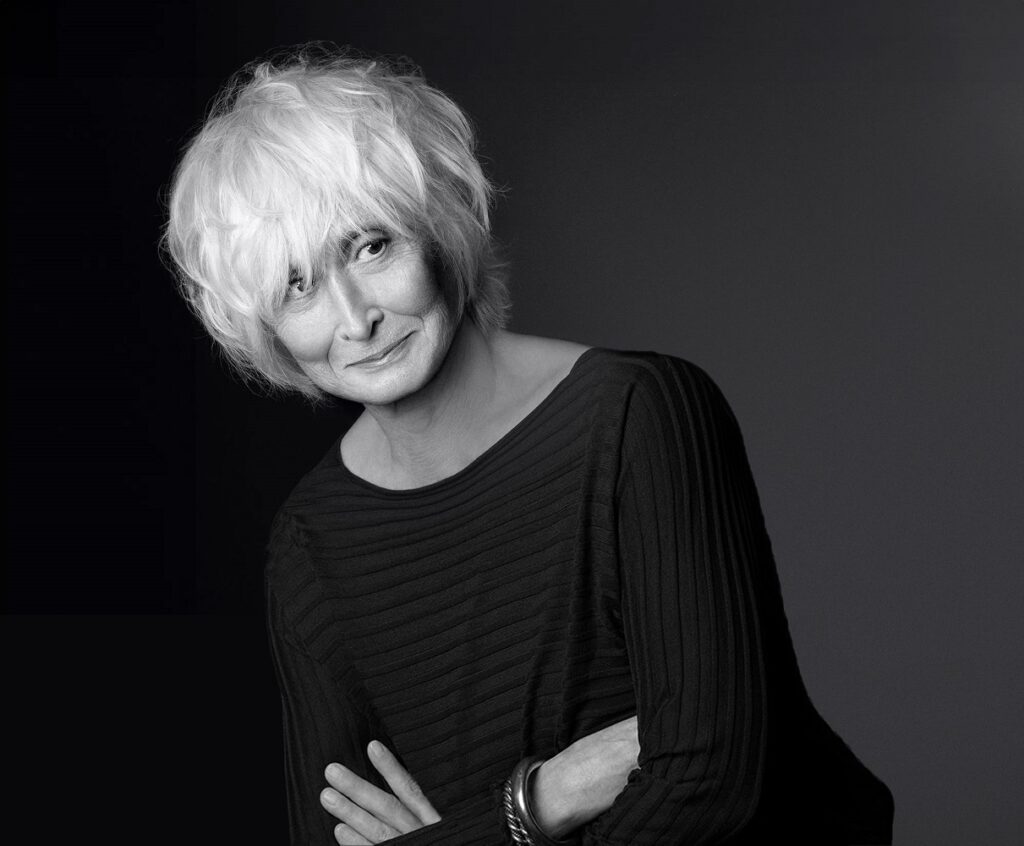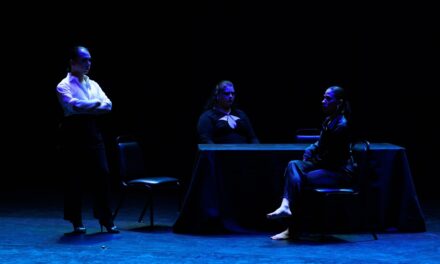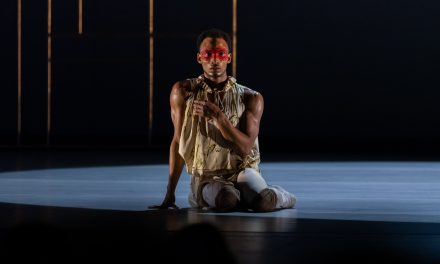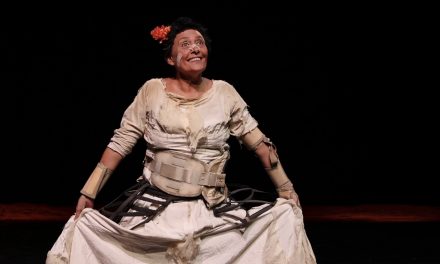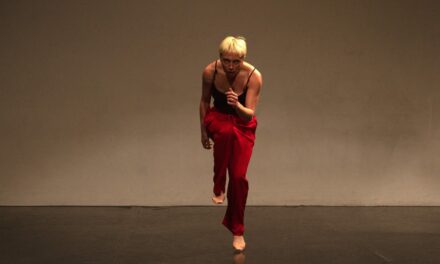As I sat in my orchestra seat at the Segerstrom Center For The Arts, waiting for the program to start, I remembered my New York City days as a hungry young modern dancer at The Henry Street Settlement. I had been in awe of Twyla Tharp and her company of dancers. They seemed to be everywhere doing everything, on Broadway, in movies, on tv, at the ballet… everything I saw was new and innovative. When I began teaching one of the first books, I purchased for our classroom library, was Ms. Tharp’s Push Comes to Shove. The past informs us of our present and future. According to Ms. Tharp, “It’s the fundamental question of any artist: How do you deal with the past?”
The Twyla Tharp Dance Diamond Jubilee, celebrating her 60 years as a dance artist, opened with Diabelli, a piece created in 1998. Ms. Tharp describes it as iconic. Her description of the process and the responsibility to getting as close to the original as possible is fascinating. Her interview (https://www.youtube.com/watch?v=2fLBa6C36BM) at the kick off of the tour provides a valuable perspective and context to the concert presented at the Segerstrom. Diabelli is a reconstruction in which the dancers were provided with total access to archival materials, original manuscripts, a box score, and teaching tapes to accurately recreate the piece but with a deep commitment and dedication that connects the dancers to the piece. The dancers come to own the movement and choreography and so what is “old” becomes “new.”
The curtains opened to a stark stage, with dancers in black, tuxedo inspired unitards, and a piano playing. Diabelli was originally done in concert halls, not in theaters, and created without crossovers or wings and the only lights were on and off. It opens with simple movement themes, swinging arms, skips, gallops, a very basic waltz step and then it begins to match Beethoven variations. The rhythms twist and turn, the tempos change, and the mood undulates throughout the piece. It is a tour de force for the pianist, Vladimir Rumyantsev, who effortlessly performs 33 Variations on a Waltz by Diabelli, Op.120 by Ludwig Van Beethoven. It is also a tour de force for the 10 dancers who seem to be married to the music, effortlessly demonstrating exquisite technique as they spin, twirl, grand jete, leapfrog, play fight, entering and exiting, forward, backwards. Minimal lighting, no obvious story line, black costumes void of any extra material to distract from the beautiful lines, a clean clear stage with accompaniment provided by a single piano, demanded that the audience focus on the dancers. From time to time, I wanted more light because the sometimes-dim lighting made it impossible to see some movement phrases and shapes created by the dancers. Regardless, this conversation between the dancers and the pianist continued for close to an hour and I marveled at the stamina and technical prowess of the dancers and the pianist whose energy and commitment never wavered.
The second half of the program features Aguas da Amazonia by Phillip Glass played by Third Coast Percussion and Constance Volk, flute. Third Coast Percussion (TCP) is a Chicago-based Grammy Award winning ensemble. It is the first percussion ensemble to win this award in the classical genre and crafts music to “push percussion in new directions, blurring musical boundaries and beguiling new listeners.” Early in Twyla Tharp’s career she was often described as pushing dance in new directions and blurring boundaries between dance genres. This seems like the perfect match. TCP are accompanied by Constance Volk who is known for her collaborations with a number of notables including but not limited to, The Chicago Wind project, Lookingglass Theatre, and Alarm Will Sound. As in Diabelli the music is integral to Slacktide. The music, almost 2 centuries later than Beethoven’s Diabelli, is new. The evening needed the change in energy and the theatricality that came with Slacktide.
Tharp previously collaborated with Phil Glass on a piece titled The Upper Room. It is interesting to note that the last move within this dance is the opening for Slacktide. She states, “I take that last move and make it go incredibly slow into the future, into another place, and that other place is transformation.” The piece was choreographed as a comment on Diabelli and references many of its steps and movement phrases. Everything old is new again.
The collaboration to develop the musical accompaniment included 3 or 4 months and various recording sessions to restructure the composition the purposes of the dance. Additional percussion instruments were built to create depth of sound. Different kinds of wood, found objects, mallets all coalesce to create a dramatic composition with wonderful highs and lows, and a variety of rhythms that swirl and twirl throughout the dance. To complete the musical composition a remarkable flautist plays over the percussion.
Once again, the dancers are dressed in black however they appear to be rehearsal clothes. The lighting creates a series of silhouettes as the gifted artists weave in and out of duets, trios, solos, canon, jumps, lifts, pirouettes, petit allegro, and rhythmic clapping. The movement has an improvisational quality to it that enables the dancers personalities to shine. Vignettes occur between groups of dancers and the mood changes are punctuated by the music and change in lighting. Ballet is clearly at the base of the movement but the energy of the relentless thump of the percussion and then the melodic lilting sound of the flute elicit an interesting mix of modern dance, jazz, and ballet with the dancers demonstrating a unique command of their fluid torsos reminiscent of Graham technique. All in all, an interesting evening of old and new and perhaps Twyla Tharp’s answer to the fundamental question of any artist: How do you deal with the past?”
For more information about Twyla Tharp Dance, please visit their website.
For more information about the Segerstrom Center For The Arts, please visit their website.
Written by Leah Bass-Baylis for LA Dance Chronicle.
Featured image: Twyla Tharp Dance – Photo by Mark Seliger.

